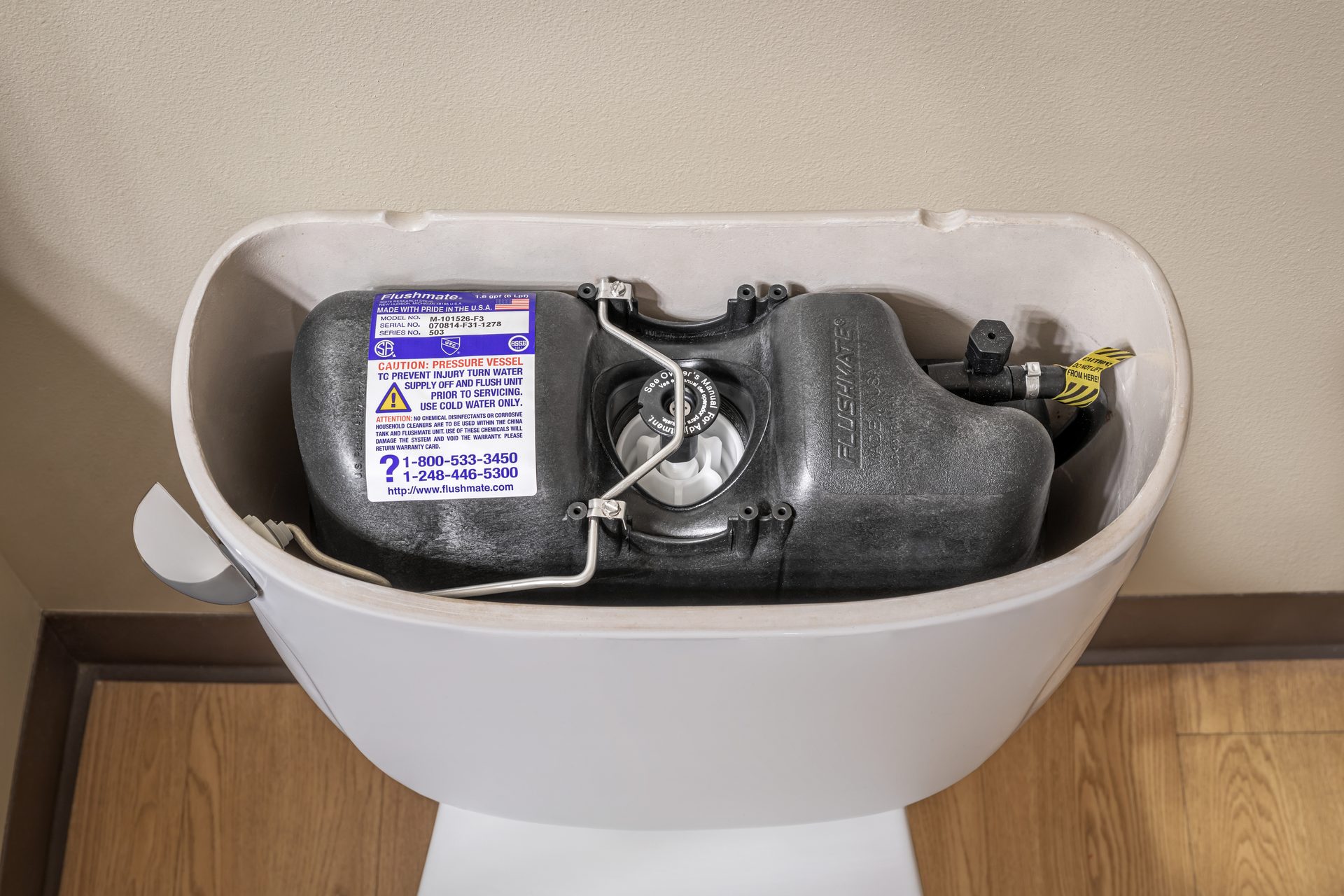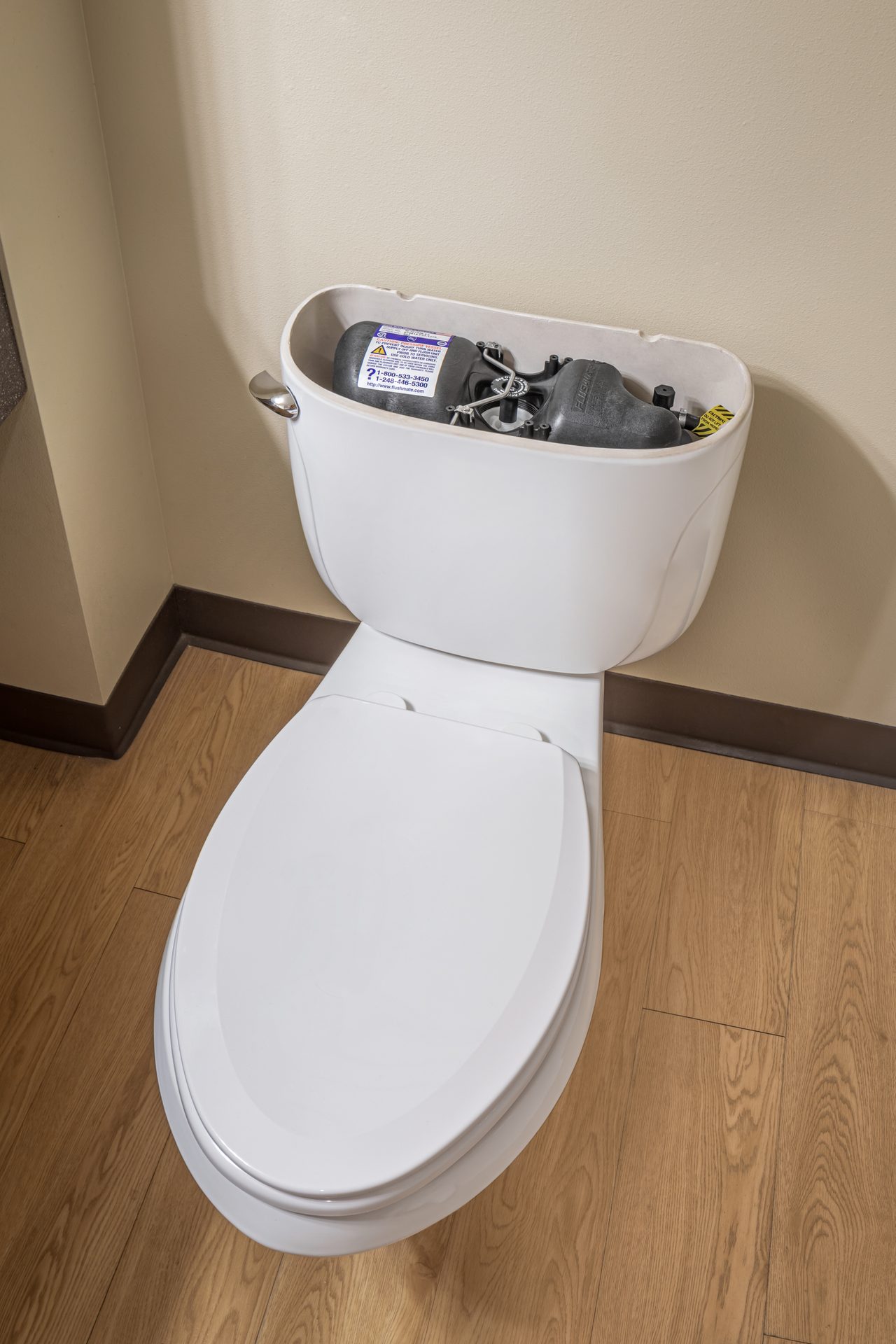gets an assist from flush technology
Water conservation
Water-saving fixtures help cut back consumption.
By Mike Gembarski
In high-traffic environments where a single toilet can be flushed hundreds, if not thousands of times per day, the slightest difference in water conservation can add up.
A little water conservation can go a long way.
And as the second-most visited space in commercial buildings — just behind the lobby — the restroom and its water-saving fixtures can help lead the way when it comes to cutting back consumption.
That’s because in high-traffic environments where a single toilet or urinal can be flushed hundreds, if not thousands of times per day, the slightest difference in water conservation can add up.
For example, if a toilet is engineered to 1.6 gpf, one person can consume up to nearly 10 gallons per day with average use, or 3,504 gallons per year on average. But if a toilet’s flush consumption is reduced to 1.0 gpf, that water usage drops down to six gallons per day and just 2,190 gallons per year.
When you consider bustling environments, that amount of water can multiply quickly. Take crowded airports, for example. According to Federal Aviation Administration data, Hartsfield-Jackson Atlanta International Airport was the nation’s busiest hub in 2021 with 707,611 flights, followed by Chicago’s O’Hare International Airport with 684,201.
This is where water-saving solutions like pressure-assist technology in toilets can be brought into the discussion to help commercial facilities and residential environments alike conserve on both water and their bottom line.


A pressure-assist vessel within the toilet tank traps air as it fills with water, uses the water supply line pressure to compress the trapped air, forces water into the bowl upon flush activation, and effectively pushes water out.
Pressure-assist 101
Pressure-assist technology is not a new phenomenon, but the merits of its water-saving innovation are significant.
The process is straightforward: a pressure-assist vessel within the toilet tank traps air as it fills with water, uses the water supply line pressure to compress the trapped air, forces water into the bowl upon flush activation, and effectively pushes water out.
When the tank’s internal pressure reaches a certain threshold, the toilet is ready to flush. When flushed, the compressed air expands, pushing the water through the toilet at more than two times the rate of a traditional gravity system, and the whole flush cycle takes less than five seconds.
Compared to gravity toilets, fixtures equipped with pressure-assist technology produce a longer drainline carry, pushing waste up to 50% further than the recommendations set by the American National Standards Institute.
This powerful flushing action enables fewer double flushes by clearing the bowl on the first flush — not to mention how much wasted water it eliminates.
When referring back to the statistics shared previously, where a single person could account for 3,504 gallons of flush volume per year on a 1.6 gpf toilet, the savings with pressure-assisted systems are staggering. In fact, select pressure-assisted toilets can potentially generate up to a 40% water savings when compared to 1.6 gpf fixtures.
And that flush volume will never decrease, meaning water savings can be sustained for the complete life of the product.


Compared to gravity toilets, fixtures equipped with pressure-assist technology produce a longer drainline carry, pushing waste up to 50% further than the recommendations set by the American National Standards Institute.
Pressure-assist in practice
Facilities of all types are seeing the water conservation benefits that come along with pressure-assist technology — from hotels and resorts to casinos and apartment buildings. And Sauder Heritage Inn, a country lodge in Northwest Ohio, is no exception.
Sauder Heritage Inn is a unique destination for family vacations, group tours, conferences and more all while offering its signature warm hospitality. Ever since the lodge opened its doors in 1994 — including an addition in 2006 — the hotel has specified pressure-assisted systems in its restrooms because of their unrivaled durability, convenience, and water savings.
Pressure-assisted toilets are installed throughout the hotel’s restrooms, a third of which were recently upgraded to a new Flushmate 503 Series 1.6-gpf system that offers superior flushing performance while consuming 20% to 38% less water than gravity toilets on average.
These pressurized vessels allow for a more powerful and dependable flush to keep toilets clean and water volumes low.
Specializing in water savings
A pioneer in pressure-assist technology, Flushmate and its water-saving systems provide an opportunity to achieve maximum water conservation without sacrificing performance. Flushmate-equipped toilets install in the same manner as other fixtures and effectively conserve water through pressure-assist technology.
Mike Gembarski is Flushmate’s senior product line manager. For over 35 years, Flushmate has set out to build an environmentally conscious company by producing systems that deliver superior performance while conserving more water. Today, Flushmate is the preferred choice of installers and users around the world for pressure-assisted systems.

